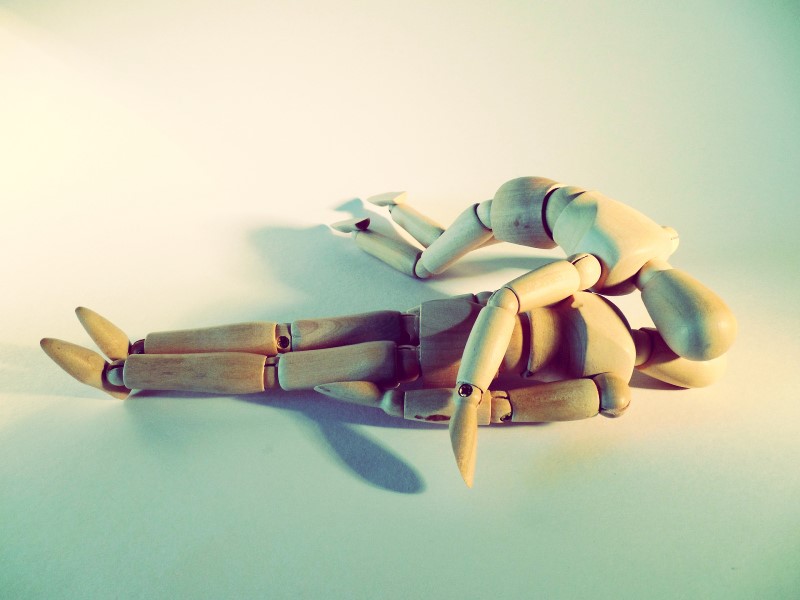In your business, do you work with children or teens? Perhaps you’re a teacher or an after-school care provider. If so, you are in a unique position to teach kids the life-saving technique of hands-only CPR.
It’s important to note that we’re talking here about hands-only CPR for a reason. That’s because emergencies that require mouth-to-mouth resuscitation or the use of an oxygen mask are more than kids can handle. Therefore, these situations require immediate medical assistance from a qualified professional.
What’s more, young kids are typically not physically strong enough to properly and safely compress an adult’s chest in times of emergency. Nonetheless, you probably don’t need to be told that children who have been educated in recognizing emergencies can readily call 911, potentially saving lives. What’s more, they can also learn—and effectively practice—hands-only CPR.
Below, you’ll find four tips for teaching children and teens hands-only cardiopulmonary resuscitation, or hands-only CPR.
RELATED ARTICLE: DIRECT AND INDIRECT COSTS INVOLVED IN WORKPLACE ACCIDENTS
1. Take Frequent Breaks
Before starting to teach children CPR, it’s important to keep two words in mind: attention span.
You most likely already realize that keeping children focused and on task requires a hearty helping of understanding and the patience of Job. That’s why you should focus on one topic for no more than 10 minutes, especially for younger children.
Take frequent breaks and keep sessions short. This will help kids retain what they learn and keep them from getting bored. Most kids are curious and willing to learn new things. However, you often have to go to great lengths to keep them interested long enough.
2. Explain Why It’s Important
Draw a detailed (but simple-to-understand) illustration of how the body’s cardiovascular and respiratory systems work. Alternatively, find one or more online.
Show kids how our internal organs need blood, and how the heart pumps that blood throughout our bodies. Explain what happens when either the cardiovascular or respiratory system is compromised. Doing this will show them how CPR directly solves the problem. It helps them to understand what they can do if the need ever arises.
3. Look up Local Hands-Only CPR Classes
If you don’t know the first thing about teaching CPR yourself, don’t worry. Your town, city or region certainly has a number of free CPR classes you and your kids can attend. These classes provide first-hand basic aid training and hands-on experience with real demonstrations.
To get you started, the American Heart Association has a searchable database for finding AHA chapters in your state. If worse comes to worse, you can always Google “CPR classes + [your state here].”
4. Teach Them the ABC’s
As Roger Schank of Northwestern University and Robert P. Abelson of Yale University reveal in their essay “Knowledge and Memory: The Real Story,” our memories are simply a collection of stories. In other words, our memories are stories made up of our first-hand experiences.
By using the “ABC’s” of CPR, you’re developing a story for your children. This story will make it easier for them to perform the steps of CPR.
- A is for Airway. The first step for doing CPR is to be completely sure that the airway is clear.
- B is for Breathing. Have the children see if the person they’re practicing on is breathing by feeling the chest. This lets them see up close how the body moves as it breathes. This will help them to recognize the pattern faster.
- C is for Circulation. Blood circulation is crucial. If someone’s heart stops, show your children that they need to move or pump the person’s heart. Let them listen to your own heartbeat so they know what it sounds like.
Conclusion
Children who know for certain that they can help anybody who might need it at any given time will have a strong sense of self-confidence.
Teaching children and teens basic first aid and hands-only CPR will be quality bonding time for you. What’s more, it will boost their self-reliance. And who knows? Someday, they might even be able to save someone’s life.


